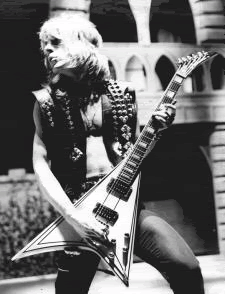
With cooperation from the Rhoads family, Dakota Films and Director Peter M. Margolis prepare to bring us the long awaited documentary film on the life of celebrated rock legend Randy Rhoads, arguably the greatest heavy metal guitar player that ever lived.
Randy Rhoads already made his name on the Sunset Strip in the late 70’s as a founding member of the much beloved Quiet Riot before appearing on former Black Sabbath vocalist Ozzy Osbourne’s Blizzard Of Oz in 1980, one of the most acclaimed debut solo albums of all time, followed smashingly by 1981’s epic Diary of a Madman. On March 19, 1982, Randy Rhoads would be gone from us forever, having been tragically killed in a plane crash. Randy’s life and great musical genius were not to be fully enjoyed. They were snuffed out like a flickering flame in the wind.
Three years in the making, this documentary highlights interviews with those closest to Randy as well as reveals never before seen photos and footage of Randy throughout his life.
Despite being gone now for nearly three decades, Randy Rhoads and his incredible musical legacy continue to live on in the minds and hearts of millions of devoted fans all over this great planet.
THE METAL DEN’s Randy “Rocket” Cody has conducted an exclusive new interview with Director Peter Margolis for TMD’s loyal and devoted following of DEN HEADZ worldwide!

![]()
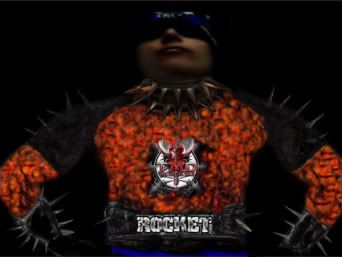
Rocket: The first question I am compelled to ask you, at this point, is Randy’s film project going to be released any time soon?
Peter: There is no official release date… thankfully, because if there was, I would have missed it already. My intent was to try to be finished with the editing by September 1st of this year in order to be able to submit to The Sundance FIlm Festival, then have through the remainder of the year to go back and polish things up a bit before the January 2010 release. However we will see if that comes to pass.
Rocket: Your crew started filming on March 19, 2007, when hundreds of fans gathered at Randy’s grave in San Bernardino, California, to commemorate the 25th anniversary of his death. Is that pretty much where the film will start?
Peter: That is exactly not where the film will start. I filmed that event so that there would be an archival visual memory of that day. I cut a 13 minute piece together that begins with the Rhoads family getting in the car in Burbank and ends with them driving away from the cemetery late in the day. It is a well done short film in and of itself. I will probably use it as a DVD extra. I returned to Randy’s grave later that year with Mrs. Rhoads and my film crew and we shot a much more intimate visit with her at her sons burial location. She opened the gates and for the first time the viewer will see what you can’t see when you go there to pay your respects. As always she was extremely candid and open with me.
Rocket: Did you work from a pre-shoot script? If so, how much changed as you went along in the production, from what was on paper first?
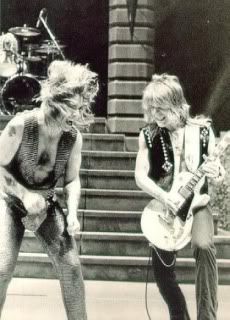

Peter: There was nothing on paper when we started. However, that is not to say that there was not months of research ahead of filming. AJ and I shared an office with a 10 foot by 4 foot cork board filled with colored index cards with places and people and subjects scrawled all over them and then there were two 6 foot dry erase boards with all other related information that was needed to piece the story together. We sat in this room day after day for 6 months staring at names and dates and story points until we were able to weed out what we felt was unnecessary and try to get the story down to a reasonable length.
Rocket: Did you use storyboards?
Peter: We didn’t use storyboards because that medium is generally not used for this type of production. Documentary shooting is much more of a reality based style typically where you arrive at a location, make sure the light levels are right, place the mics where they are out of the shots and go. I have done this enough for the last 23 years to know what I want. Sometimes if you are not spontaneous you lose the moment and that, is really what a lot of the storytelling is about. Catching the right subject at just the right time. Sometimes you capture lightening in a bottle when it is right.
Rocket: About how long does a documentary film of this scope take to edit and who will be handling that job?
Peter: To date we have accumulated over 700 hours of material. We have edited some pieces together. Some are really long and will be chopped down, some will be thrown out. It is really like putting a puzzle together with many extra puzzle pieces that have to be eliminated along the way. Everything that has been edited thus far has all been done by an editor named Joe Lorigo. I had seen his work on a documentary that came out in 2005 called Champion, the Danny Trejo Story and was impressed. He and I have sat for days upon days just screening the material and putting string outs together and creating bins for subjects long before two shots ever get pieced together. It is an exhausting process. We will spend several days on one story point then scrap the whole thing and start over if it does not feel right. Months and months later you start to whittle down the content and the people that become extraneous and you began to come up with a cohesive story. There are parts of Randy’s life that we have not even touched yet…..but we will. All in due time.
Rocket: During the post production process, some Directors find themselves having to pull a miracle off to make the film cohesive, well paced and interesting, when discovering they didn’t get the right footage to work with, so they go back out and do some re-shooting. Did you ever find yourself in this position?
Peter: There is one interview that we discovered early on had a sound problem. The mics were over modulating. We were not using our normal equipment because it was being used on another shoot so we rented some different mics and the cameras didn’t react to them as well. Fortunately it was one of the interviews that took place in L.A. and we have already discussed a reshoot with the folks involved and there is no problem. As far as not getting some of the material and needing to reshoot for that reason, have not discovered that problem yet. We almost did but I decided to abort that story instead of opt for a reshoot because it was not that critical and no one will ever miss it except me. This is not to say that by the time we are done, we may have to grab the cameras and go out and get a line that we are missing. Fortunately, a lot of that can be fixed with a narrator. But again, I was pretty thorough when interviewing people so the story so far is fairly air tight.
Rocket: What are some of the things about the life of this celebrated rock guitarist that now impress you the most since doing all the research and then the subsequent film production on Randy’s life?
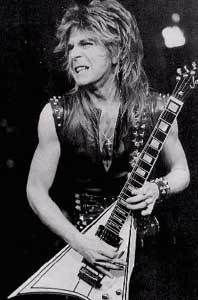
Peter: I think we all relate things to how we would have reacted in a particular situation. I think back to being 22 years old and would I have been able to leave the home that I lived in for 22 years, leave my girlfriend and family with the threat that I would be moving to another country to live with a virtual stranger and may not return for a very long time. The answer for me is a definitive and resounding NO. Yet, that is what Randy did. But the more miraculous achievement that continues to astound me is “How does someone with 19 recorded songs to their name single handedly change the way hard rock and heavy metal rock guitar is heard… forever?
Rocket: Lori Hollen, your partner on the film, seems to really have played quite a role in making this film a reality. How integral has teaming up with her been for this production?
Peter: There were a few steps along the way that led to this film coming about. Talking to Brian Reason one day on a set was the event that led to meeting Lori Hollen. Impressing Lori enough to stick her neck out for me with Randy’s brother and sister was the second and lastly, Kathy and Kelle bringing Lori and I in front of Mrs. Rhoads was the third. So yes, this would not have happened without Lori. I am indebted to her forever. But I think if you ask her the feeling is reciprocal. Once we started researching her role became more of an advisor and an outlet to reach many of the people involved with Randy during 1978 and 1979. Lori has been on probably half of the interviews that we shot and has seen every frame that has been cut together so far and we remain in close contact. She is credited as one of the producers of this film and is very deserved of her title.
Rocket: I know that Randy’s mom has been helping you with making the film happen. Is she going to be allowed to have ‘final cut’ authority during the editing process?
Peter: No one has final cut on this but me. That being said there are several steps along the way where I have to screen the film for various parties to get their approval. Several people own very critical parts of Randy likeness, life rights, writing and publishing catalog and so on and so forth. But ultimately at the end of day, if it is good, I will take the praise and if it is not I will take the criticisms.
Rocket: I understand that you’ve filmed 80 plus interviews, with Randy’s family and friends and people who worked with him, famous rockers such as Kelli Garni, the original bassist in Quiet Riot; Carlos Cavazo, and Rudy Sarzo. What other famous musicians will appear to celebrate Randy‘s music?
Peter: We have shot 103 interviews and about another 40 or so days shooting b-roll, which consists mostly of locations and driving shots, things like Randy’s school room where he attended elementary school. As of the last count we have 32 famous musicians already filmed. I want to leave most of them as surprises. I will say this, we have every member of Quiet Riot and Ozzy’s band during the time that Randy was in the band. The only one not accounted for on film is Kevin DuBrow.
Rocket: Roughly, how much old film footage of Randy will we see throughout the film? From the sounds of it, you guys must have had a ton of footage to work with, right?
Peter: That is the million dollar question I am asked on a daily basis. Is there any footage of Randy that has never been seen before? There wasn’t as much as you would think to begin with. Three full Quiet Riot shows were filmed at the Starwood and Whisky along with some very early shows like L.A. Valley College, The Pasadena Civic, The Chili Cookoff and Machinists Hall. As for Ozzy there is even less. After Hours and some rough hand held footage shot from a balcony at one of the concerts is what you can find regularly on YouTube. Beyond that, the audience will have to wait until the curtain goes up to see what we have in store for them.
Rocket: Will Randy’s actual voice ever be heard during the film?
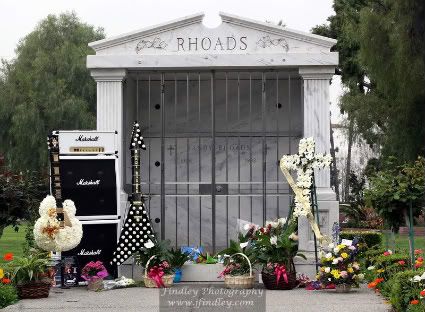
Peter: Most likely. I taped every single one of my lessons and he can be heard very distinctly on those tapes. Those have never been heard or released to the public. As well, we were given permission to use John Stix’s interviews which to date have only been heard in small fragments. There are other bits and pieces that you can find out there like the backstage footage from the Starwood and the KROQ interview as well.
Rocket: Is it mostly color footage? And what format? Super 8 or 16mm film I would think, right?
Peter: Mostly color and all of the stated formats are accurate.
Rocket: Who is going to narrate the film?
Peter: I’m not sure yet. I have a short list of names, but that is just about the last thing that you worry about at this stage. While we are editing and watching, the narration is provided by me. But we’ll take my voice off and replace it before we finish.
Rocket: How many minutes do you estimate the final version of Randy’s film will run?
Peter: Great question. Our first cut of just the Quiet Riot story ran 2 hours and 15 minutes. That is just 5 of the 25 years of his life. The second cut ran just under 2 hours. Ultimately it needs to be about 40 minutes. Most documentaries clock in at around 90 minutes but I can’t see this running any less than two hours.
Rocket: Do you think about maybe having showings of Randy’s film to music schools around the U.S.A.? Young kids and adults learning to become a musician should be able to watch it and see what a truly great, yet humble and hard working musician is all about. I feel more of those types need to know about Randy Rhoads.
Peter: That would be great but you never know. You put your film in the hands of a distributor and hope that it reaches the target markets that you want it to reach.
Rocket: When you first took a guitar lesson from Randy Rhoads, what was he like as a teacher? Was he stern or more laid back?

(Director Peter M. Margolis)

Peter: He was incredibly empowering. You left the lesson thinking that you had just been taught about the bible by one of the apostles. He had a rare gift. He had an ability to communicate unlike many people that I have encountered, and you were never made to feel less than or rejected.
Rocket: I recently interviewed George Lynch, who actually lost out to Randy Rhoads for the Ozzy band. He went on to actually teach at Randy’s mom’s school. Will George be included somewhere in the film?
Peter: George was interviewed about a year and a half ago at the ESP Guitar Factory in North Hollywood. He was a great interview subject as he is very bright and very well spoken but our time with him was somewhat limited due to a scheduling mix up so we only had little more than 1/2 hour. Nonetheless, he was cordial and cooperative.
Rocket: Looking back on it all, what has been the most rewarding moment for you personally during the making of Randy’s film?
Peter: A few things, Rocket. There are several people that we interviewed along the way who asked about the whereabouts of lost friends from their past with Randy and we were able to reunite them. Today they have rekindled old friendships. That was very gratifying. There were a few interviews that were so remarkable that the subjects were able to travel down paths many decades ago in their memories and recalled moments with such tremendous clarity. One such interview was with Keyboardist Don Airey who was of the key eye witnesses to the crash of the Beachcraft Bonanza. Don’s interview was close to 4 hours and his retelling of that fateful day was emotionally riveting. Tommy Aldridge was incredibly well spoken and clear about his memories as was Max Norman. There was one guitar player from one of the most famous rock bands on the planet who said something that literally took my breath away and then there was Joe Don Rooney, the guitarist for country band Rascal Flatts who will surprise everyone with his knowledge about all things Randy Rhoads and his uncanny ability to play every Randy solo note for note. And the list goes on and on.

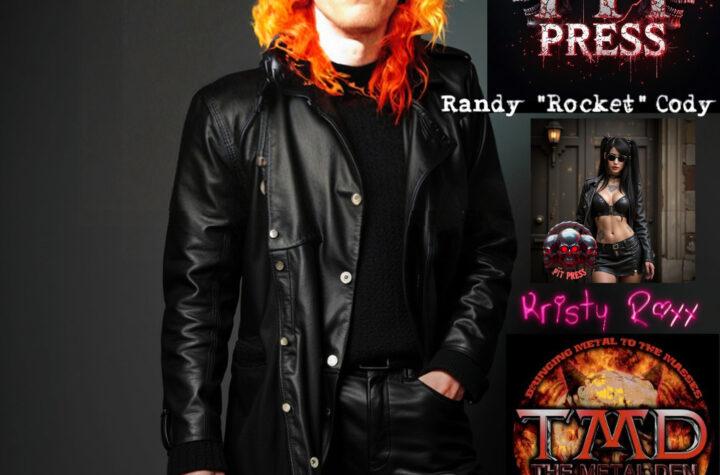
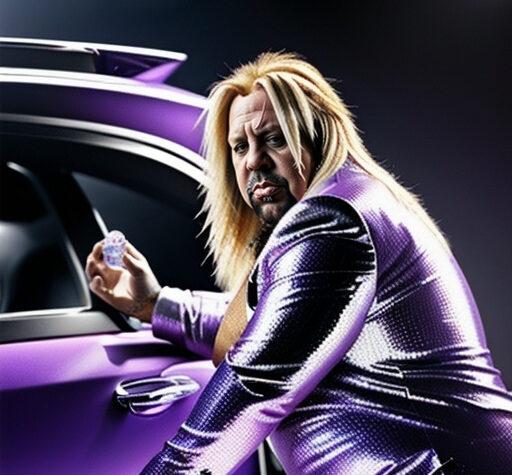
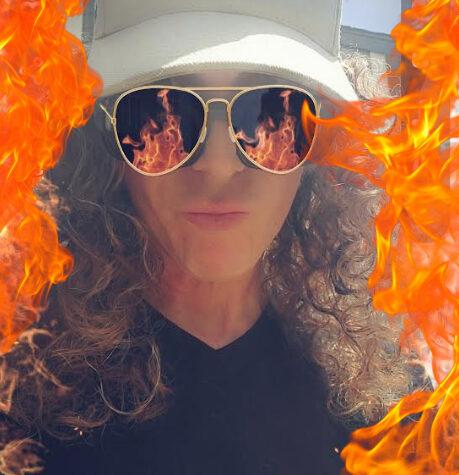
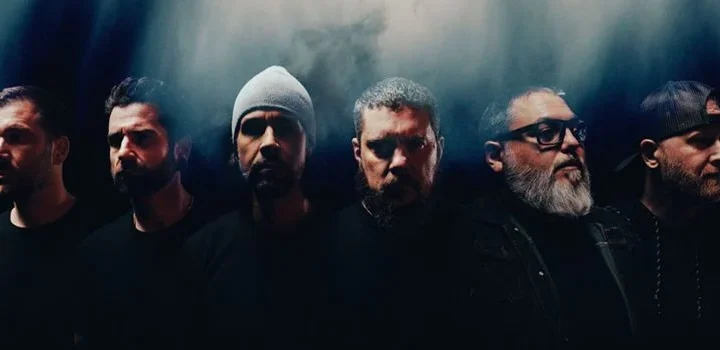
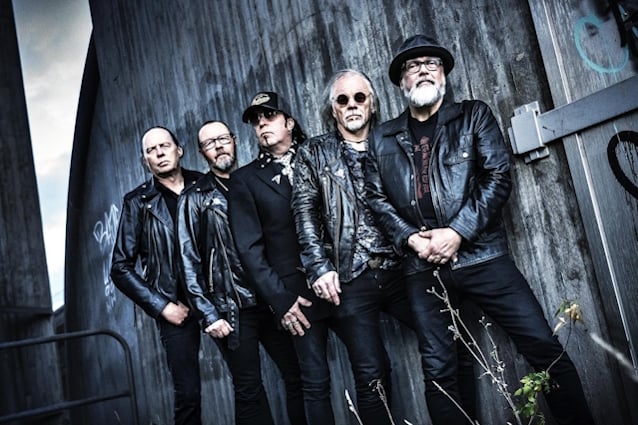

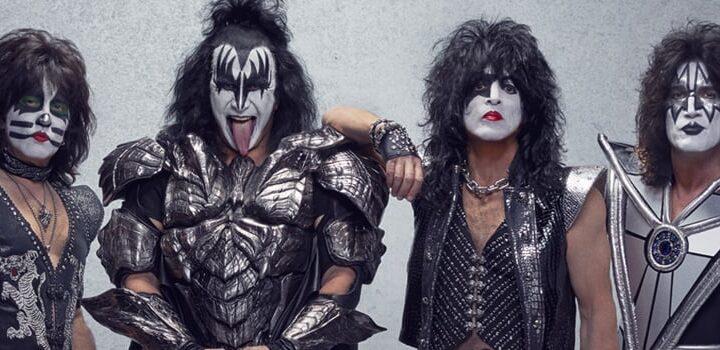
After reading how he treated Mr Bob Daisly i just wish for this project to die and that he loses all his money.